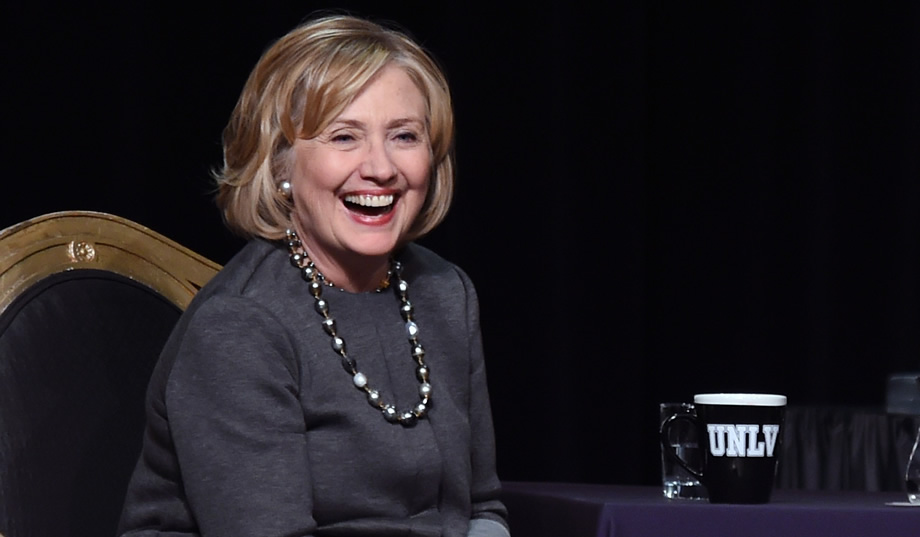
Clinton leads in early ‘battleground’ state polls
The November election seems set for a showdown between Democrat Hillary Clinton and Republican Donald Trump (although third-party challenges, plus the possibility of a delegate rebellion for the GOP, muddy the waters somewhat). Politico this morning released its first assessment of where the candidates stand in eleven key states, and at the moment it appears to favor Clinton:
Battleground boss: Clinton leads Trump across swing-state map
As the 2016 general election begins, Clinton holds a 5-point overall advantage in the POLITICO Battleground States polling average over Trump, 44.8 percent to 39.8 percent. That lead extends to the state level: Clinton has the advantage in eight of the 11 individual swing states.
The debut of the Battleground States polling average sets a baseline for the race to 270 electoral votes, focusing only on the 11 states most likely to determine the outcome in November — Colorado, Florida, Iowa, Michigan, Nevada, New Hampshire, North Carolina, Ohio, Pennsylvania, Virginia and Wisconsin. The basics of the average are straightforward: it’s based on the most recent public polls from each of the 11 states and weighted by each state’s representation in the Electoral College.
The poll results come with a number of caveats, however:
...[P]olls are currently sparse in some of the battleground states identified by POLITICO. There hasn’t been a credible public poll of a Clinton-Trump match-up in Nevada, and in three other states, the polling average — which draws on the five most recent polls in each state — goes back to include some surveys conducted last year.
In some cases, those older surveys conflict with newer data — particularly polls conducted since Trump became the presumptive GOP nominee and consolidated much of the Republican vote. None of the polls included in any state are recent enough to capture either Clinton's clinching of the Democratic nomination, nor any impacts of this weekend's mass shooting in Orlando, Fla....
Moreover, many of the polls included here were conducted among registered voters, not those considered most likely to cast ballots in the general election. Many public pollsters argue that voters can’t say accurately whether they will turn out this far before Election Day, and those surveys don’t start screening for likely voters until the final few months of the campaign. Functionally, a switch to likely voters tends to help Republicans, studies show.
These polls are certain to show substantial movement over the next several months as both candidates campaign, but for now it appears that Clinton is in a stronger position than her rival as the general election begins to take shape.



